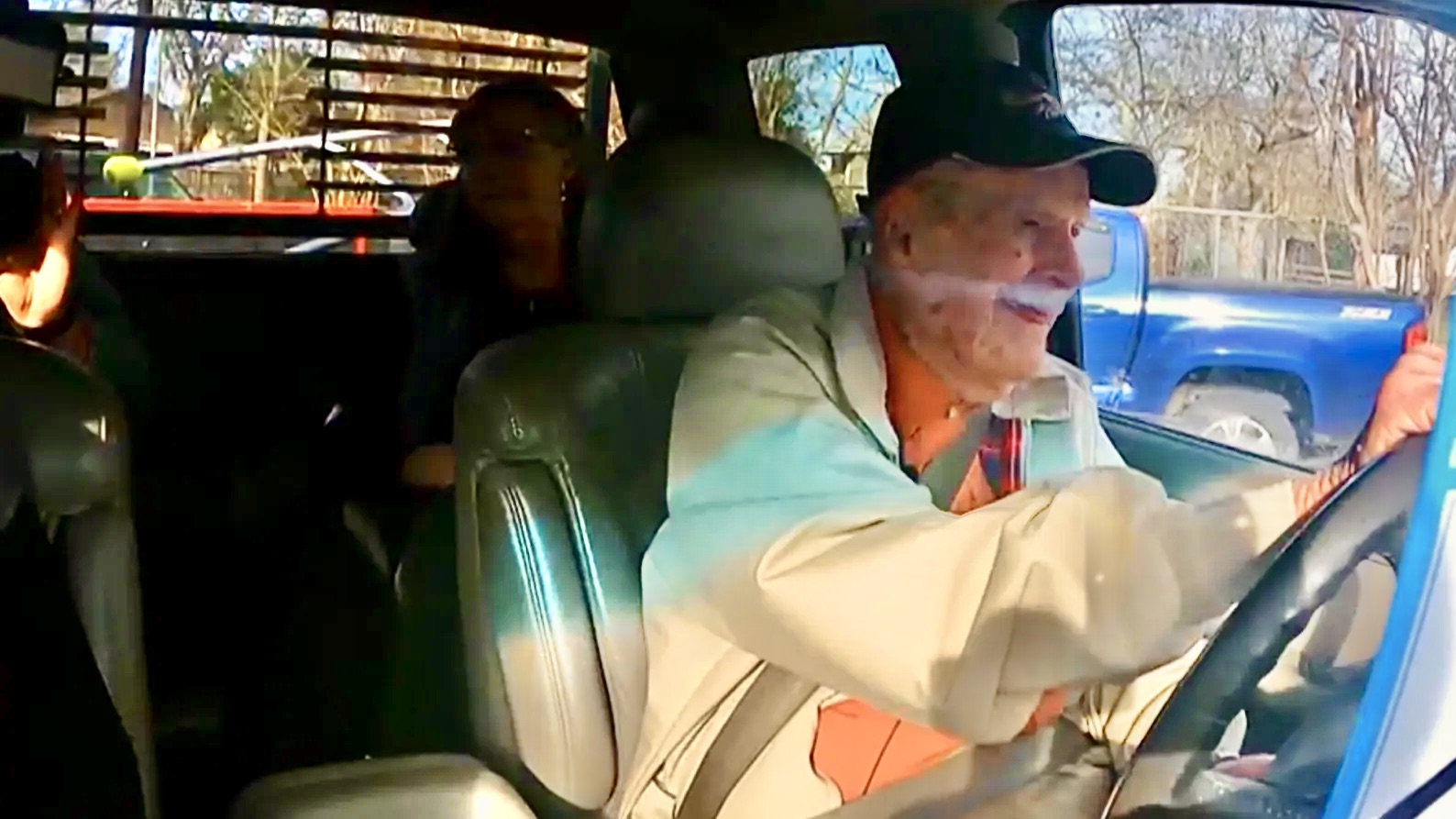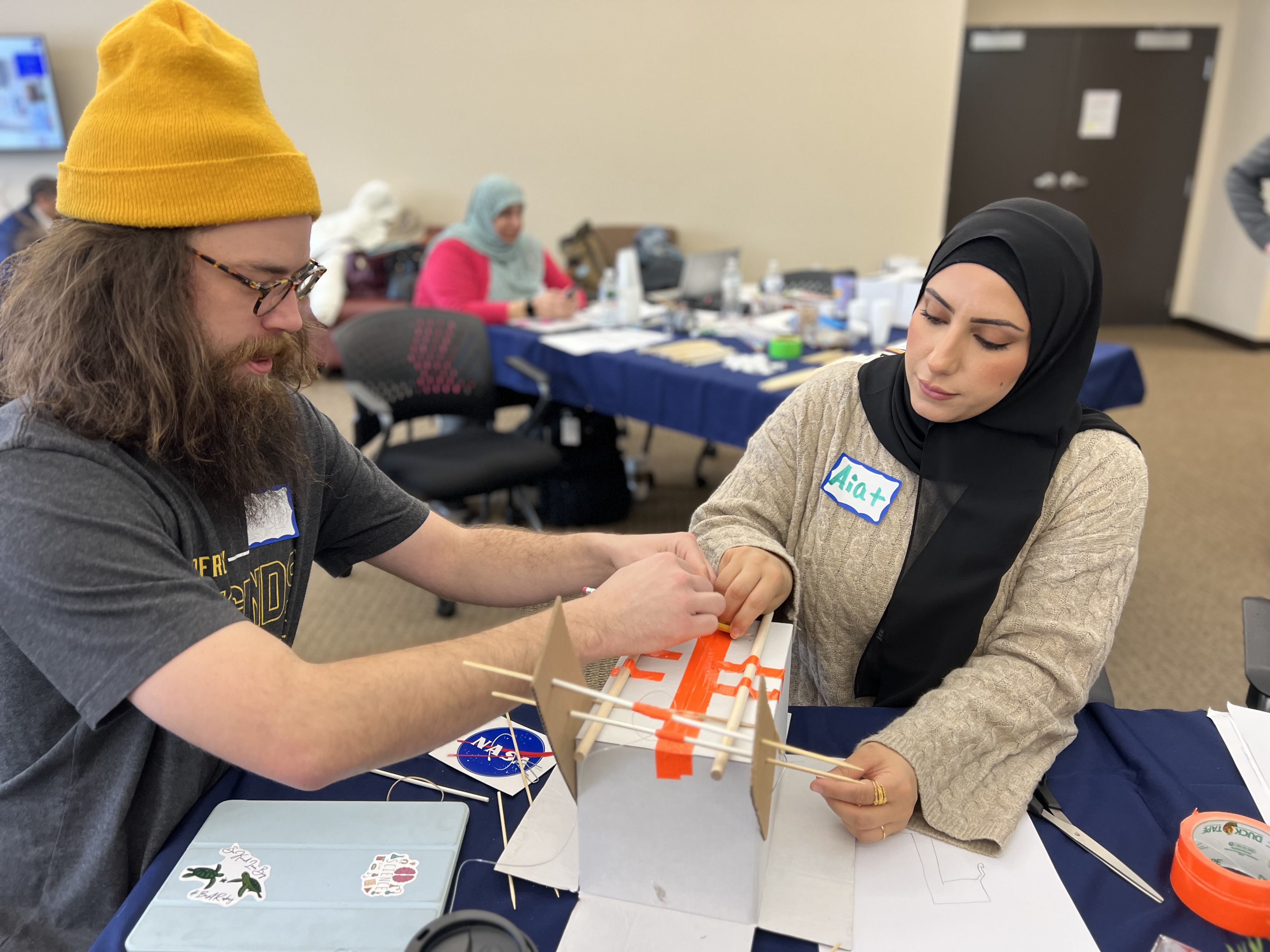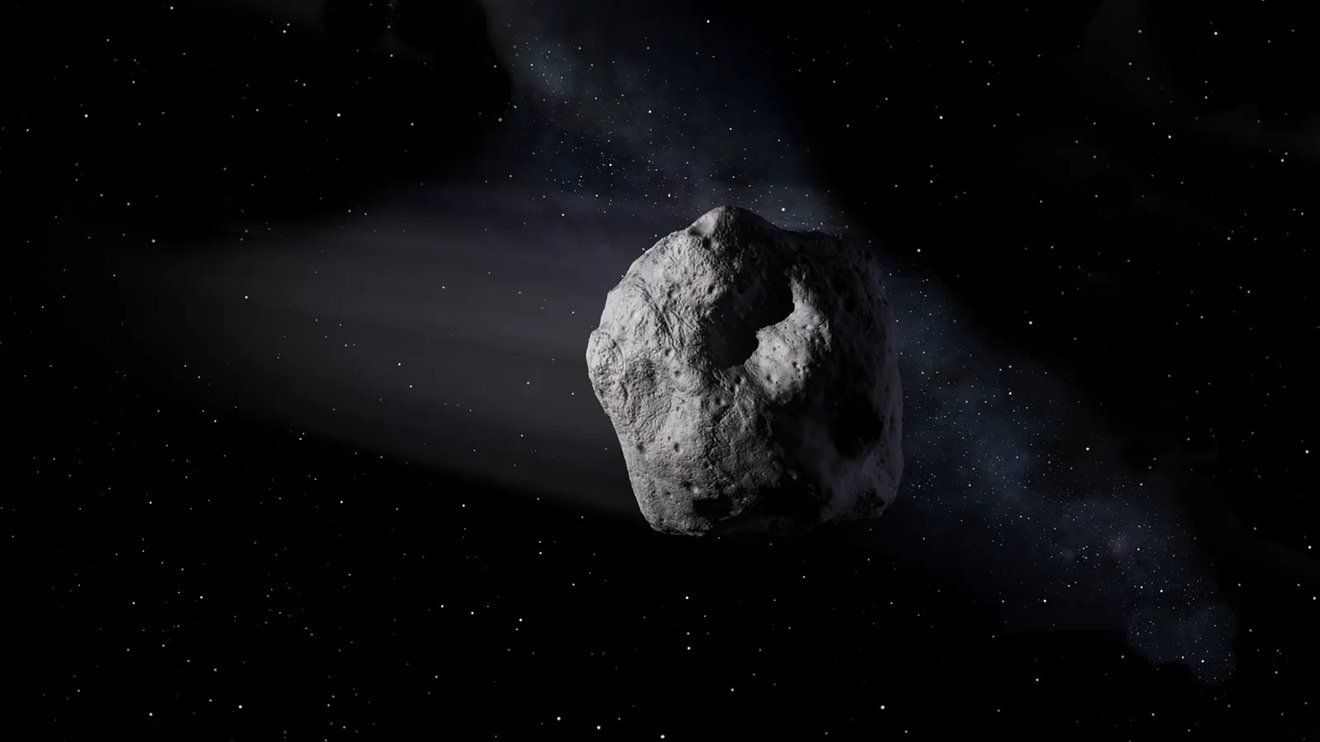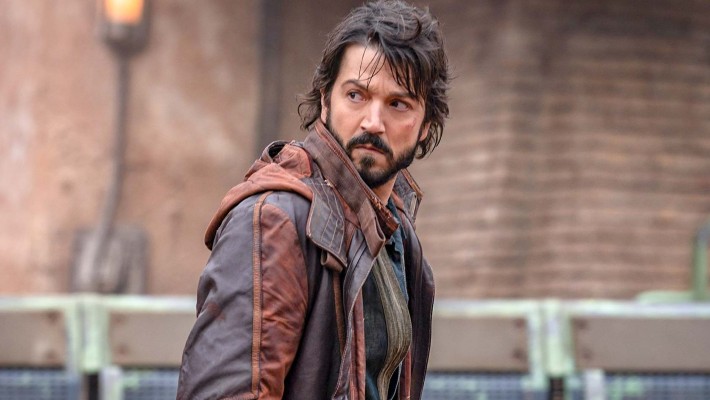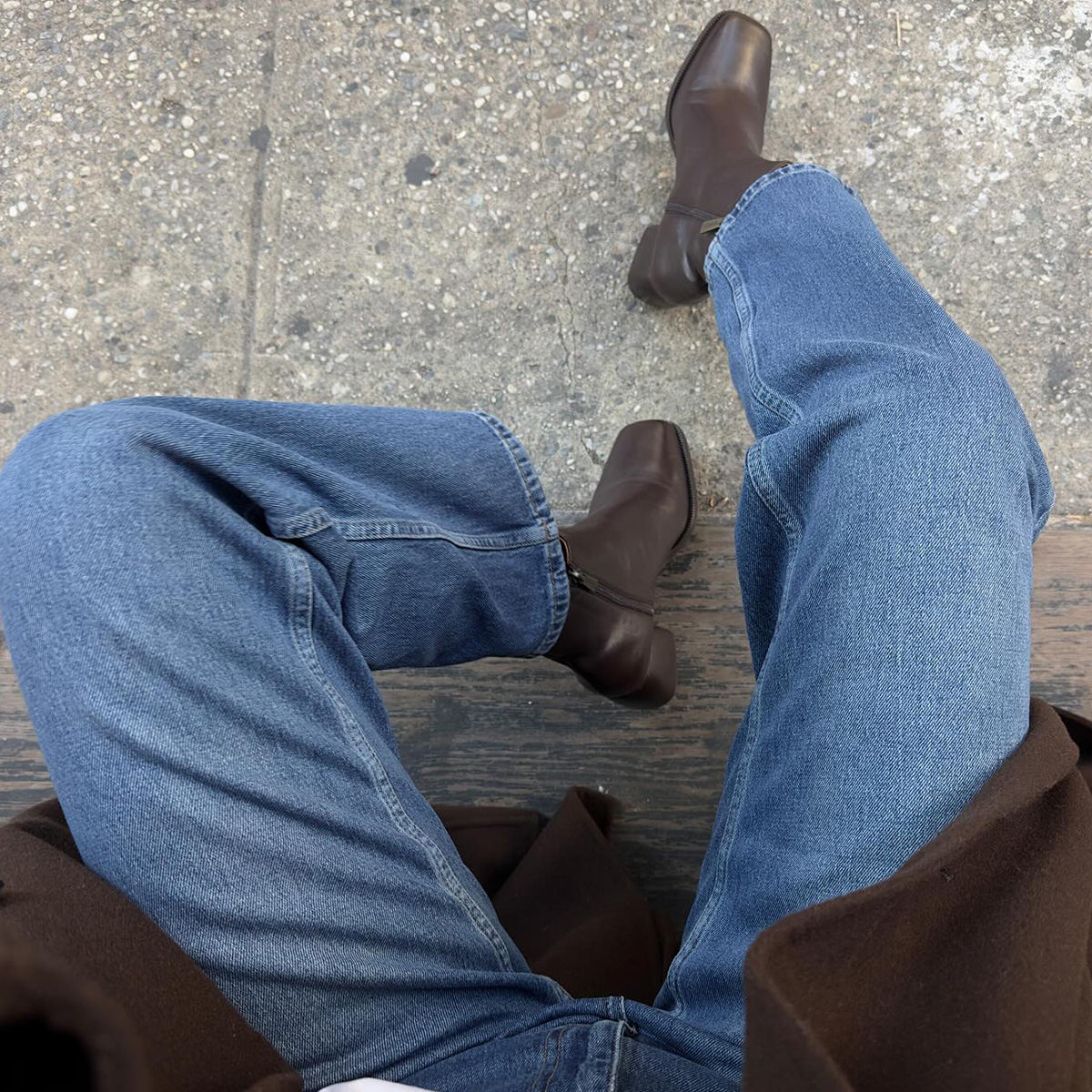I evacuated when the Sunset Fire broke out. What happened next was surreal.
I’ve lived in Los Angeles for over 15 years. I moved here in fall 2008 to follow my dreams and attend journalism school, and like so many Angelenos, my goal has always been to turn my passions into reality (and pay the rent while doing it). Doing all this against a backdrop of breathtaking blue […]


I’ve lived in Los Angeles for over 15 years. I moved here in fall 2008 to follow my dreams and attend journalism school, and like so many Angelenos, my goal has always been to turn my passions into reality (and pay the rent while doing it). Doing all this against a backdrop of breathtaking blue skies and picturesque palm trees didn’t hurt either.
After spending my adolescence in the San Francisco Bay Area, it feels almost heretic to call Los Angeles home, but I’m not ashamed. I loudly proclaim that LA is my home. It’s where my friends and I lounged on LACMA’s lawn (the affectionate shorthand for Los Angeles County Museum of Art) to watch jazz in the summertime; where I learned that no matter how badly they want you to call it Crypto.com Arena, it will forever and always be the Staples Center; it’s where you can guarantee that no matter how your night is going, the tantalizing, comfortingly familiar scents wafting from the nearest taco stand are never too far away. It’s where I internalized that you better gun it at the Beverly and La Cienega intersection’s unprotected left turn before the light turns red, lest your fellow road ragers erupt in a perfectly timed symphony of bleating car horns and brightly colored language.
This vibrant hum was abruptly disrupted when multiple fires broke out across the Los Angeles metro area on January 7. I’m now grappling with an unmistakable sense of loss, alongside so many others who haven’t lost everything, but are teetering on the edge of a new reality where so much has been lost all the same.
After the Palisades Fire erupted, I sat in my apartment in Hollywood glued to my phone, shuffling between Instagram, various live news streams, messages with friends and family and an app called Watch Duty that has helped me stay in the know about the developing fire situation.
Watch Duty is a California-based 501(c)(3) nonprofit, nonpartisan organization that relies completely on volunteer dispatchers, first responders, reporters, scientists, and climate experts. It’s a scrappy team, but the app was critical for me — it ended up being the only place I felt I could get accurate by-the-minute fire alerts. I had never heard of the app before the fires, and neither had most of my friends and family, but it’s now an essential fixture on my phone.
LA is prone to fire and wildfire has always existed on this landscape, but I was caught by surprise by a January wildfire that ignited outside of what we typically would consider California’s fire season. But thanks to climate change, fire seasons and the geographical distribution of fires are shifting, and in California, these changes are exacerbating the variables that feed fires: A wet winter allowed for a bumper crop of grasses and shrubs to thrive, but then an astonishingly long dry period desiccated the landscape, providing ample fuel for wildfire. And then, this year’s Santa Ana winds were especially fierce, driven by unprecedented heat in the Pacific Ocean.
I watched with growing horror as the Watch Duty alerts poured in, each more urgent and damning than the last. The Palisades Fire’s acreage continued to climb steadily. Messages from my mom and brother pinged across my phone’s screen. Are you okay? What are you doing? Did you pack a bag just in case?
Then the Eaton Fire came.
What's Your Reaction?

























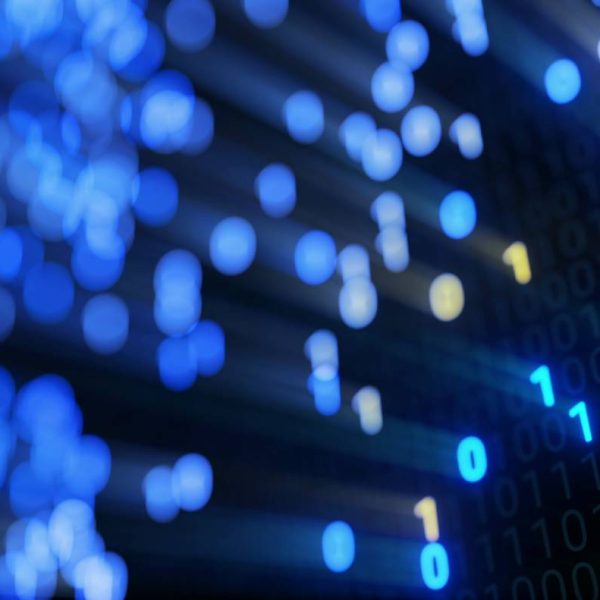
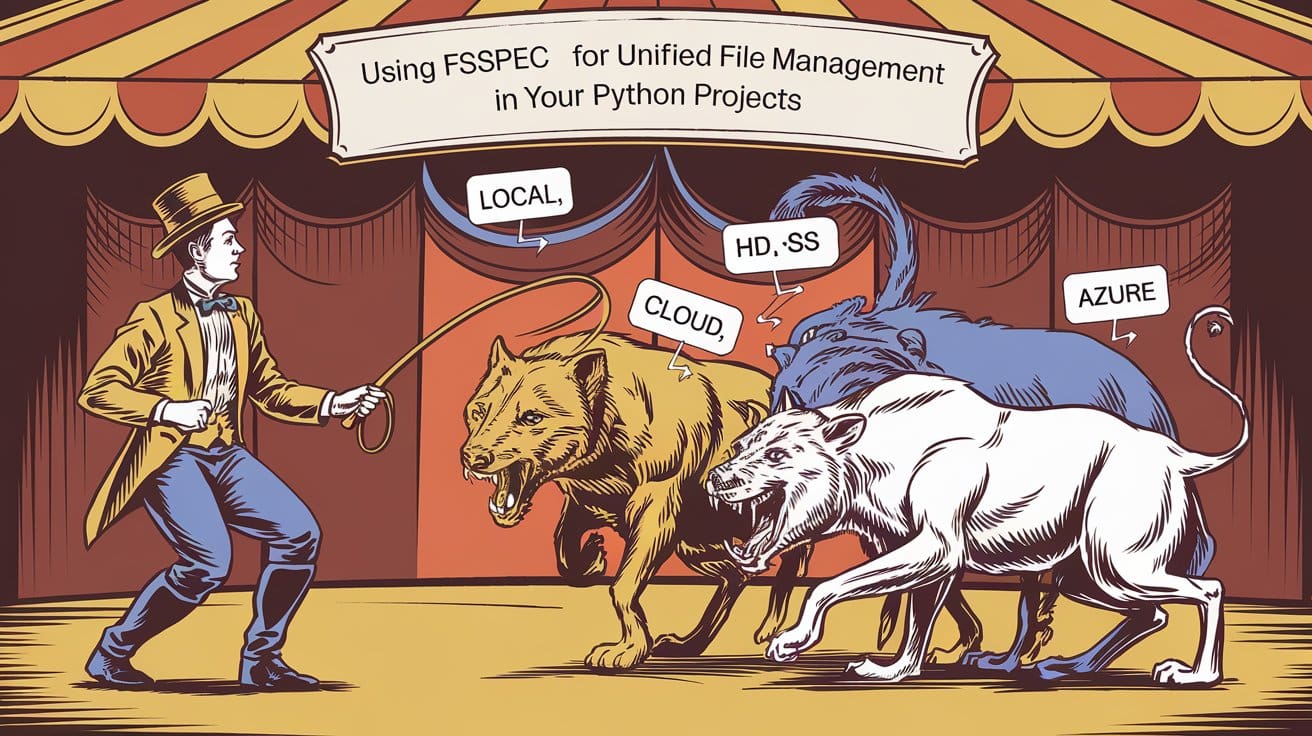





.jpg?width=1920&height=1920&fit=bounds&quality=80&format=jpg&auto=webp#)


